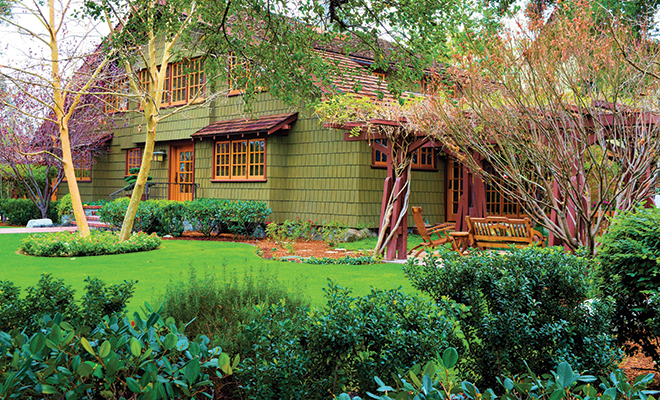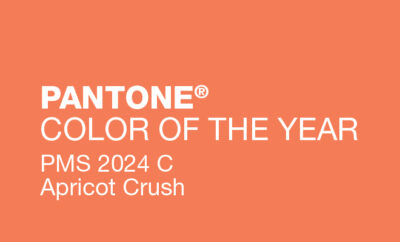
Sow the Seeds!
“Fresh as a daisy!” “Turn over a new leaf.” “Beat around the bush.” These and the title are just a few examples of landscaping and gardening idioms that are used in our everyday talk, showing nature’s relevance in our everyday lives! If you’re looking to give your garden and yard a little attention this summer, adding texture and color are two easy ways to make an impressive difference. You will be “keeping up with the Joneses” in no time!
There are a number of principles to base your landscape design on, including: form, line, scale and definitely the two most important – color and texture. Knowing about basic landscape principles and color theory is indispensable to anyone wanting to up their game in the neighborhood with a successfully designed landscape.
Color Theory
Color theory is based on the color wheel in design. It is a standard circular illustration that demonstrates the relationship among all of the colors on the spectrum. There are four main categories.
Primary colors: red, yellow and blue. Flowers with these color blooms are red tulips, red coleus, red salvia, yellow daffodils, marsh marigolds, black-eyed Susan, sunflower, blue scilla, grape hyacinth and bluebeard.
Secondary colors: green, violet and orange. Some plants with these color blooms are rose campion, purple verbena, trumpet vine and orange nasturtium.
Tertiary colors: blends of the primary and secondary colors.
Neutral colors: white and gray. Flowers with these color blooms include white daffodil, star magnolia, Queen Anne’s lace, dead nettle and lamb’s ears.
Using color theory as your guide will aid you in constructing a pleasing landscape design. You can choose colors that go together, which can be done in several combinations. A good way to divide the color wheel is by cool colors and warm colors. Cool colors are generally blue, purple and green; warm colors are red, yellow and orange. These color combinations impact viewers physically and mentally.
Texture
Beyond color, adding texture to your landscape design provides balance and depth. It also enhances undertones of existing plants and engages the senses. Plant textures come in many varieties ranging from delicate and fine to bold and coarse. Texture also means more than just the physical feel; it also serves as an eye-catcher in the space depending on how the plant interacts with lights and shadows. Texture provides depth and creates a multi-sensory experience for you and your family; when you walk through the space you will engage the senses of sight, smell and touch.
The key to adding texture is to keep it balanced. Mix textures such as fuzzy lamb’s ears and lacy Queen Anne’s lace; combine plants that contrast each other, such as a wide-leaf hosta and a delicate asparagus fern. Another interesting combination is with blooming spikes, such as a red-hot poker and a foliage plant such as tiarella or heucherella.
Small-Yard Color
If you have a small yard, combining warm and cool colors can change the perception of depth, giving the viewer an illusion of more space. Place warm-colored flowers in the foreground and position cool-colored flowers behind them. Start with the darker shades and layer in shades that are lighter, creating the impression of depth. The feeling of having more space can also be accomplished by placing large plants in the foreground and tapering off the size as you work your way in deeper.
Small-Yard Texture
Place bolder and coarsely textured plants in the front. Layer those with medium texture in the middle section and finish it off with finely textured plants in the back. This layered look tricks the eye into thinking the space is larger than it really is.
Large-Yard Color and Texture
If you have a larger space and want to create a feeling of intimacy, warm colors such as red can produce a smaller feel. This occurs because warm colors appear to come forward in the landscape, making them seem closer than they are in reality. This illusion scales down the landscape, creating the feeling of intimacy. Bolder textures will make the plants appear closer than they are and finer-textured plants will seem farther away.
Neutrals
Neutral colors soften the effect of big color schemes. All-white gardens, called moon gardens, consist of various shades of whites and creams, which can be especially enjoyed in the evening.
A simple way to add texture and color to your existing landscaping is to first determine how much space is being taken up by leaves and flowers and the patterns they already have and pair the existing ones with colors and textures that will pop. For example, if you have multiple varieties of established flowers, consider adding darker foliage, such as holly, boxwood or myrtle, to create a needed contrast. ■
Sources: bhg.com, thespruce.com and totallandscapecare.com.







